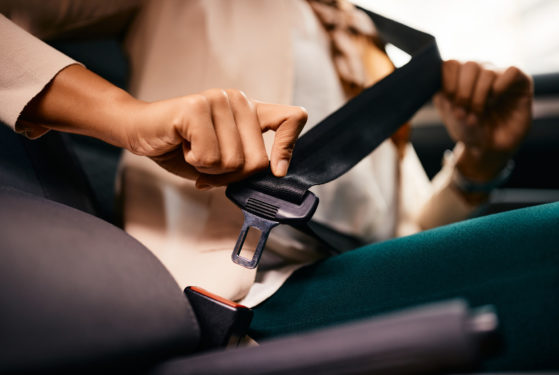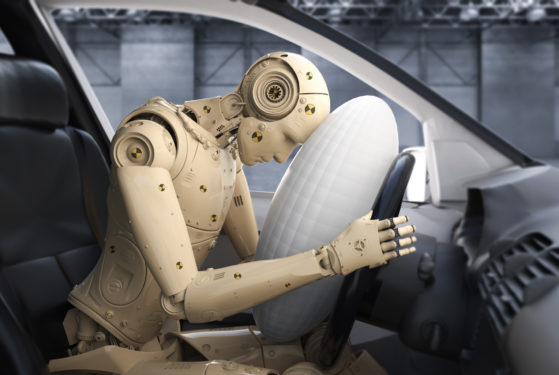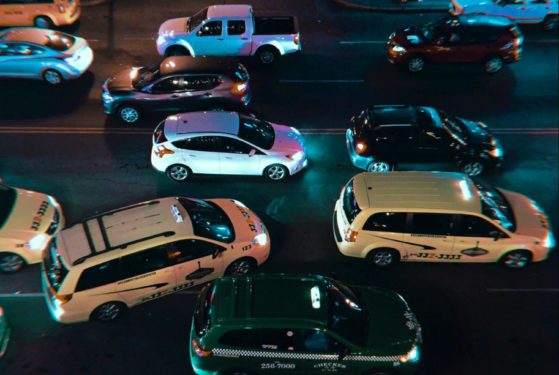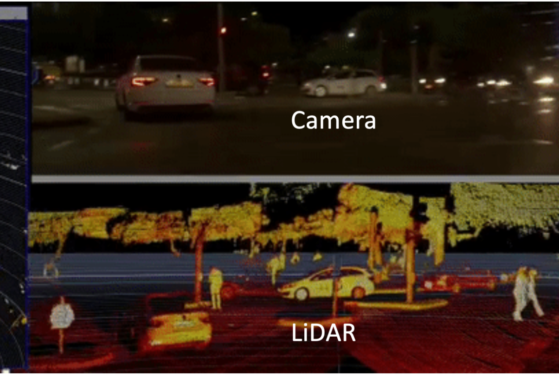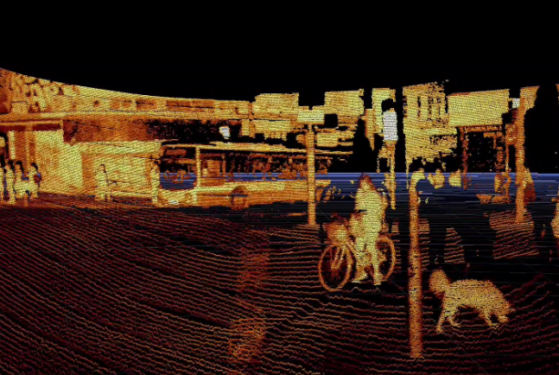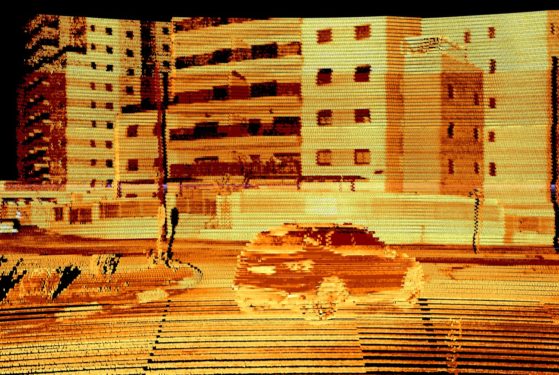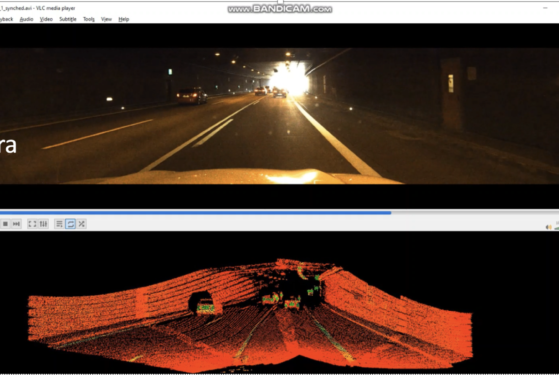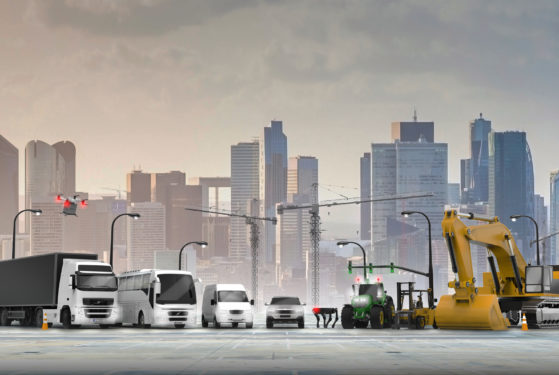Lidar Technology for Autonomous Car Safety
Current technologies designed for automated vehicles to operate more precisely, such as camera and radar systems, are improving vehicle safety overall. However, they still lack important qualities needed for drivers to be able to relax behind the wheel.
The most important necessities of ADAS and AV systems is to function more safely and reliably than their human-driven counterparts, and regardless of weather or light conditions.
This is where many camera systems fall short.
They operate similarly to the human eye and can be easily disrupted by inclement weather such as heavy rain or poor light conditions at night.
Camera and radar are also insufficient when it comes to detecting small objects on the road from far away. This is important in highway scenarios and less-populated areas where cars are driving fast and need to identify dangers in the road in advance.
Tesla at Yosemite and LiDAR comparison for long-range detection
Innoviz’s LiDAR technology and perception software provide automakers with the layer of advanced safety features and certainty they need to ensure all objects in a driving environment are perceived and accurately identified for automated driving systems. Drivers can safely transition to passengers with features such as:

